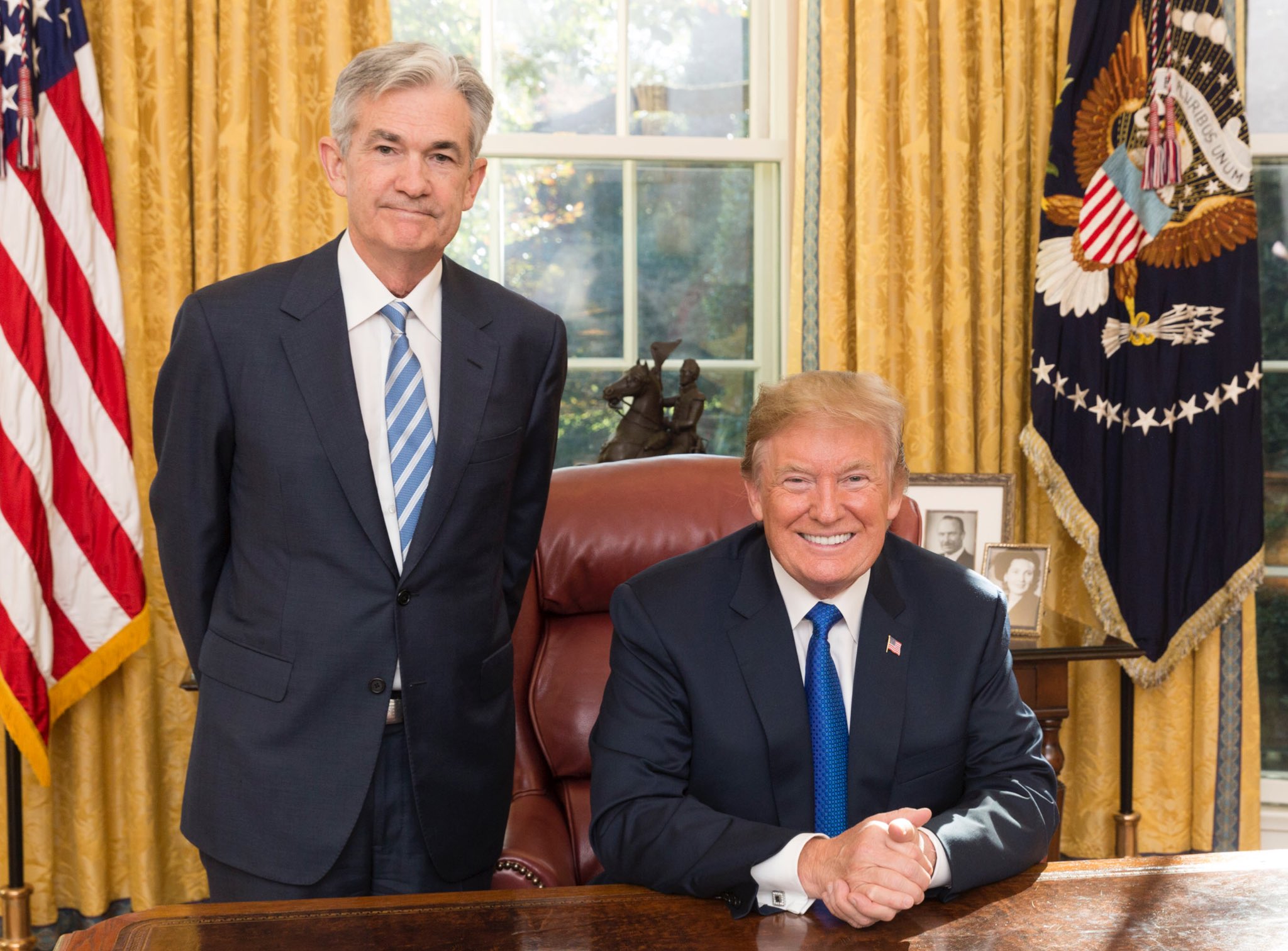U.S. single-family homebuilding rose to a 10-month high in December, signaling renewed strength in construction activity. The Commerce Department reported a 3.3% increase in single-family housing starts, reaching an annualized rate of 1.05 million units. Building permits for single-family homes also climbed to the highest level since February 2024, up 1.6%. While these figures suggest a resilient housing market, the looming policies of President-elect Donald Trump, including broad tariffs and stricter immigration rules, could challenge the sector's momentum.
Overall housing starts surged 15.8% in December, driven by a remarkable 58.9% increase in multi-family projects. However, the broader picture shows a 3.9% decline in housing starts for the year, reflecting ongoing pressures from higher mortgage rates and an oversupply of unsold new homes. The average 30-year fixed mortgage rate exceeded 7% this week, further dampening affordability and limiting new construction's impact on the market.
Market Overview:- Single-family housing starts rose 3.3% to 1.05 million units in December.
- Building permits for single-family homes increased by 1.6%.
- Multi-family housing starts surged 58.9%, driving overall starts higher.
- Higher mortgage rates and inventory levels continue to challenge builders.
- Trump’s proposed tariffs and immigration policies may disrupt supply chains.
- Single-family housing starts fell 2.6% year-on-year in December.
- Builders anticipate regulatory relief under the Trump administration.
- Higher borrowing costs are expected to weigh on housing activity in 2025.
- Potential decreases in mortgage rates could provide future support.
- Single-family housing starts rose 3.3% in December to a 10-month high, signaling resilience in the housing market despite economic headwinds.
- Building permits for single-family homes increased by 1.6%, reflecting optimism among builders and potential for continued growth in construction activity.
- The remarkable 58.9% surge in multi-family housing starts highlights robust demand for rental properties, supporting overall housing market strength.
- Builders anticipate regulatory relief under the Trump administration, which could reduce costs and streamline construction processes, boosting activity in 2025.
- Potential decreases in mortgage rates later in the year could improve affordability and drive further demand for new homes.
- Higher mortgage rates, exceeding 7%, continue to weigh on affordability, limiting the impact of increased housing starts on overall market recovery.
- The broader housing market remains under pressure, with a 3.9% decline in total housing starts for the year, reflecting ongoing challenges for builders.
- Trump’s proposed tariffs and stricter immigration policies could disrupt supply chains and exacerbate labor shortages, increasing construction costs and slowing momentum.
- Single-family housing starts fell 2.6% year-on-year in December, indicating that the sector has yet to fully recover from earlier declines.
- Elevated inventory levels of unsold new homes may dampen builder confidence and lead to slower growth in residential construction activity.
With the Federal Reserve signaling a cautious approach to rate cuts and housing inventory levels reminiscent of 2007, the market faces substantial hurdles. Builders remain optimistic about a more business-friendly regulatory environment under Trump but are wary of escalating costs from tariffs and labor shortages. These factors suggest a tempered recovery for residential construction in the coming months.
As residential investment continues to drag on GDP, the housing market's trajectory will hinge on broader economic conditions and federal policy changes. The Atlanta Fed forecasts GDP growth at 3% in the fourth quarter, buoyed by robust retail sales and consumer spending, but housing's contribution is likely to remain subdued.




